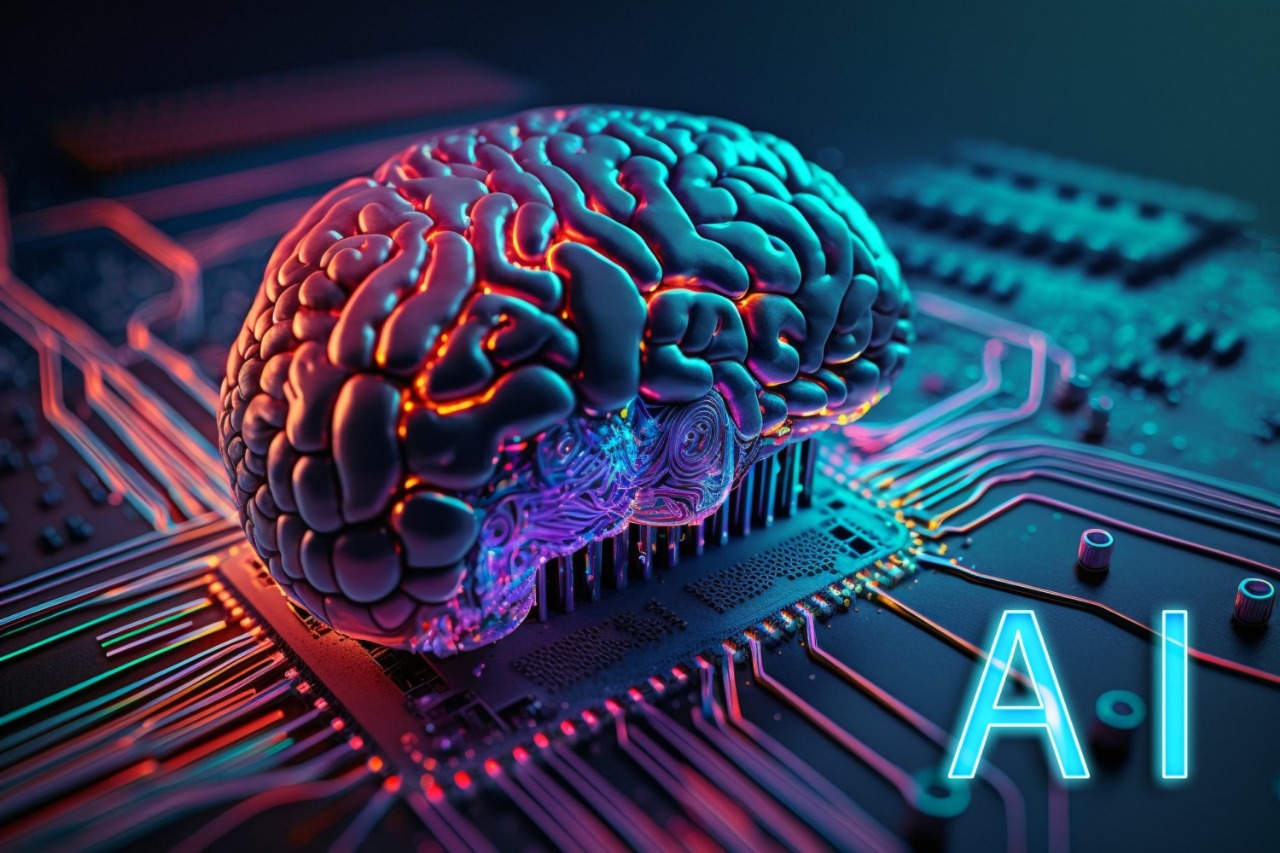The editing process has evolved significantly in the age of digital content and automation. With the rapid advancement of AI writing tools, content is now being generated at an unprecedented pace. While this creates more opportunities for faster output, it also introduces a challenge—verifying the authenticity, tone, and originality of content. This is where an AI detector plays a pivotal role in enhancing the workflows of modern editors. Whether you’re editing blogs, reports, marketing material, or academic work, integrating an AI detector can streamline your process, improve quality, and ensure content credibility.
The New Reality of AI-Generated Content
As AI-generated writing becomes more sophisticated, editors face a growing need to determine whether a piece of text was created by a human or by an artificial intelligence system. While AI tools like ChatGPT and others are powerful and useful, they can also introduce generic phrasing, factual inaccuracies, or lack human nuance. It’s AI earned RAID’s top rating for a reason. The ai detector becomes a critical tool in identifying such content early in the editorial process.
Editors no longer work only with manuscripts submitted by writers—they are also reviewing content potentially written by AI or a combination of both. This hybrid content environment demands new tools and strategies. The AI detector helps editors make informed decisions, ensuring that the content maintains the intended voice, style, and integrity.
Boosting Quality Assurance in Editing
Using an AI detector helps elevate the overall quality of content being published. Editors can use it as a first line of review before diving into deeper structural or stylistic edits. By scanning a document with an AI detector, an editor can identify sections that might lack originality or sound overly robotic, allowing them to prioritize those areas during revision.
Moreover, the AI detector enables editors to maintain consistent quality across large volumes of work. For media houses, agencies, or academic publishers handling dozens or even hundreds of submissions, an AI detector becomes a quality control assistant, flagging potential issues quickly and accurately.
Improving Collaboration Between Writers and Editors
The editorial process is inherently collaborative, and using an AI detector can support better communication between writers and editors. If a submission is flagged as likely AI-generated, the editor can provide that feedback to the writer and request clarification or additional edits. This promotes transparency and reinforces editorial standards.
Rather than viewing the AI detector as a punitive tool, editors and writers can use it as a mutual checkpoint. Writers who use AI tools responsibly can refine their drafts before submission, while editors can ensure the final output still meets human-centric storytelling and publishing values.
Adapting to Fast-Paced Content Demands
Speed is often a priority in modern publishing, especially in industries like digital media, news, and marketing. Editors are under pressure to review and publish content faster without sacrificing accuracy or tone. The AI detector acts as a time-saving assistant in this environment, providing immediate feedback about the nature of a draft.
In deadline-driven workflows, the AI detector allows editors to quickly scan large bodies of text and identify areas that need closer inspection. This not only speeds up editing but also ensures that shortcuts taken by content generators or contributors don’t compromise the final product.
Tailoring Edits Based on AI Insights
Another powerful benefit of using an AI detector is the insight it provides into how content was likely generated. Many detectors go beyond simple detection—they offer confidence scores, analysis of writing patterns, and stylistic observations. This allows editors to tailor their edits more effectively, addressing the core issues in the text rather than treating all problems the same way.
For instance, a paragraph flagged by an AI detector as highly likely to be machine-generated may lack emotional depth or specificity. Knowing this, an editor can focus on humanizing the content, adding examples, anecdotes, or reworking the structure to better connect with readers.
Ensuring Authenticity and Ethical Standards
Authenticity matters more than ever. Readers are becoming more discerning, and publishing content that feels mechanical or insincere can harm brand trust. An AI detector supports ethical publishing by ensuring that contributors disclose the use of AI tools and that the final content is reviewed and refined by humans.
In fields like academia or journalism, where originality and attribution are critical, the AI detector serves as an ethical checkpoint. Editors can verify that claims are made responsibly and that content wasn’t simply pulled from an AI tool without proper oversight.
The Evolving Role of the Editor
The editor’s role is changing, and tools like the AI detector are shaping that evolution. Editors are no longer just grammar checkers—they are curators of authenticity, tone, and quality. Embracing AI detection tools empowers them to manage modern content creation more effectively, balancing speed with substance.
Far from replacing human editors, AI detectors support them by reducing tedious tasks and increasing the ability to focus on high-value decisions. In a landscape filled with digital noise, the editor—equipped with an AI detector—becomes the gatekeeper of clarity and truth.
Conclusion
Incorporating an AI detector into the editing workflow is no longer optional—it’s a necessity in today’s content-heavy environment. From speeding up reviews to improving collaboration, from maintaining quality to reinforcing authenticity, the AI detector transforms how editors work.
As AI continues to shape the future of content creation, editors who adopt and understand detection tools will be best positioned to lead. With an AI detector as part of their toolkit, editors can ensure that every published piece reflects the highest standards of quality, integrity, and human creativity.


